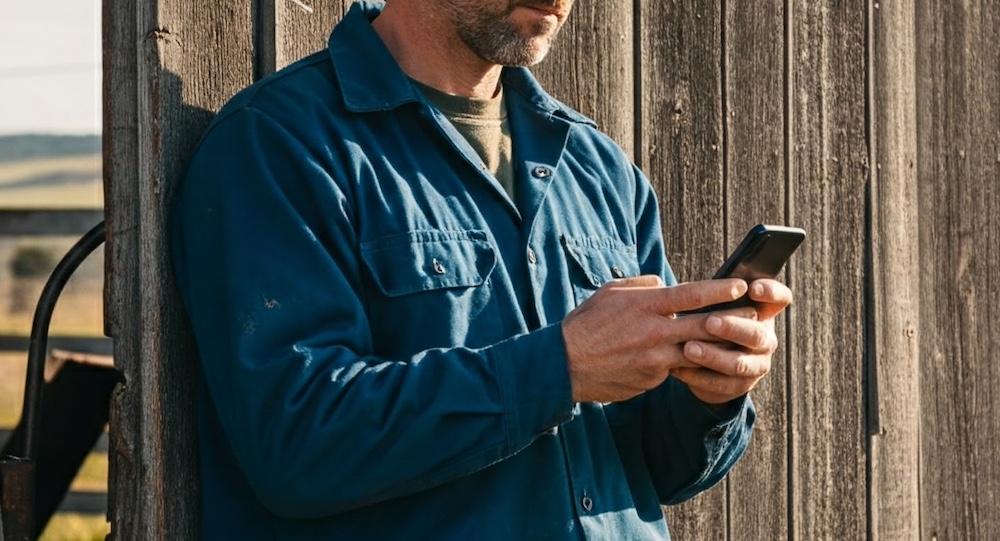
In emergency response, every second counts, and response numbers matter. For volunteer firefighters, who are in or around their homes and throughout the district, receiving timely dispatch notifications is essential for ensuring a swift and effective response.
Traditionally, these notifications have been sent via pagers or radios, but increasingly it is more convenient (and cost effective) for firefighters to just have their mobile phone on them, especially when volunteers are going about their business throughout the district.
Forwarding CAD emails to a group of firefighters can help, however leveraging text messaging provides quicker access to more volunteers, even those without a smart phone.
This article explores how to leverage messaging APIs to send dispatch notifications directly to volunteer firefighters' mobile phones via text messaging (aka SMS, or MMS or even RCS these days.)
Volunteer firefighters are everyday people, and people have their personal preferences. Text messaging is the communications preference for many mobile phone users. If they use text messaging all day and night for family and perhaps business, then they are comfortable monitoring their text messages. Sometimes this is what they want most, and providing this dispatch option fills a gap.

Text messages reach to where your volunteer firefighters are …
Computer-Aided Dispatch (CAD) systems, at a 911 dispatch center, are the starting point of emergency response coordination. When an incident occurs, the CAD system generates dispatch notifications, typically sent via radio signal to pagers / radios to relevant personnel, including your volunteer firefighters. Traditionally volunteer firefighters carried radios and/or pagers, but this leads to wear and tear on the devices, and the firefighter. Emailing smart devices helps, but many firefighters are not email users. Email to text message gateways exist, where emails are converted to a text message and delivered as a text message, but they are unreliable and increasingly too slow for response notification.
However, both pager / radio & even email notifications have limitations:
Even email notifications have limitations:
Text Messaging systems ( like Twilio, as a good example ) provide a communications platform that enables developers to easily build SMS, MMS, and RCS messaging applications. By integrating text messaging systems with your CAD system, you can automate the process of sending dispatch notifications directly to volunteer firefighters' mobile phones.
If you go the route of text messaging your firefighters, you’ll need to address “A2P 10DLC” - Application to Person 10 digit long code - a US standard to protect consumers from being spammed. This adds a bit of work and time to your setup, but it is necessary for good deliverability. Text message providers attempt to make this easier for you, but it isn’t for the faint of heart.
Setting up your own text messaging system is doable for volunteer fire departments, with some initial startup of time & effort. It is not inexpensive in ongoing messaging costs (dependant upon your number of members, and number of calls) but once set up, the ongoing effort is minimal.
If your firefighters want text message dispatch notifications, this might be a solution you chose to deploy.
We’ve created a number of do-it-yourself technologies for dispatch, for response and for other benefits. I’ll share them as do-it-yourself technology.
Sign up to hear more from Responserack on Volunteer Fire Departments, USFA NERIS and USFA NFIRS.
Responserack provides services for volunteer fire departments; member information services, incident reporting, NFIRS and so much more.
